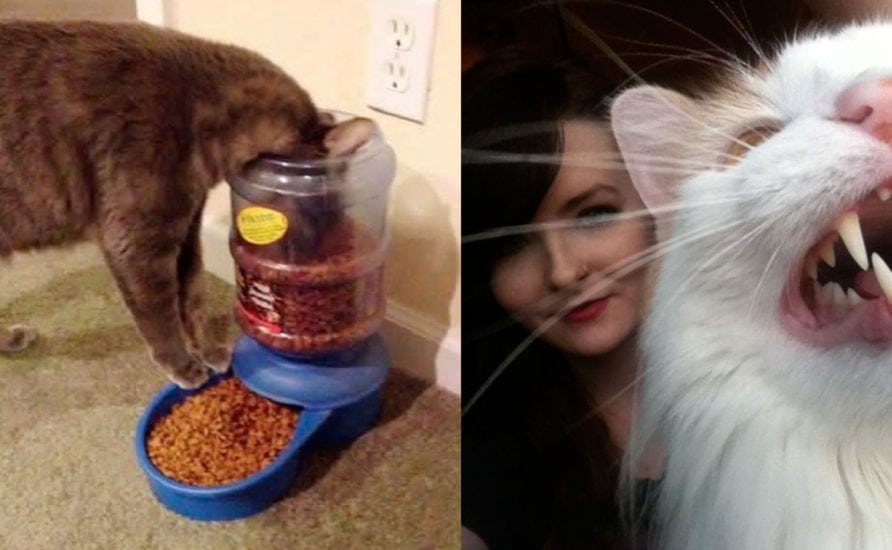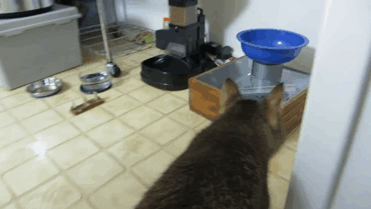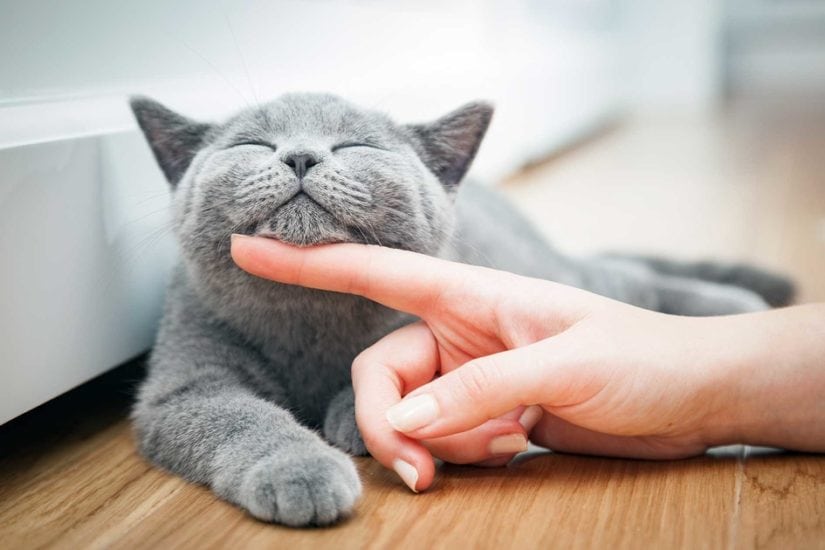
Basic Training Tips for Taming Your Cat
Many new cat owners really struggle with their cat house training. If they don’t go about it in the right way from the beginning, this can be very frustrating. The first step in training should be trying to understand how your cat thinks, why she does the things she does, what motivates her. This is to say that you have to make sure what you want your cat to do is exceedingly rewarding and pleasurable and vice versa.

These are a few training tips you can use:
1. Keep training sessions short
Cats are known for their short attention span, so your sessions should be fairly brief, ideally around 10 minutes. And because their attention does tend to wander, make sure your sessions are held somewhere where there are as few distractions as possible. So make it indoors, with no view of the outdoor world, and no visitors, human or other animals.
2. Stop all reprimands and punishment
Any physical punishment is self-defeating; the cat will simply learn to fear you, and make any further training even more difficult. Concentrate on making your relationship fun, rewarding, playful and interesting. A very effective alternative to physical punishment is to keep a spray bottle of water; if she misbehaves, a little spray will let her know you are not pleased.
3. Daily play sessions
Cats are known to become overly active and destructive when bored. Daily play sessions and relaxing massages help your cat calm down. Cats that feel neglected will often stop using their litter box. If you schedule regular sessions to give your cat undivided attention and to play games with him, even litter box problems can disappear.
4. Set up your cat to succeed
in performing those behaviours you want her to learn so she can be rewarded. The most effective method of cat training is through rewards. This will give you the opportunity to reward and praise him for good behaviour. Start with simples tasks and make sure it completes its task before giving the reward.
5. Set up the cat's environment
Make it in such as way that his misbehaviour is not a rewarding experience. For example, furniture scratching. Set up a scratching post and make it fun, rewarding and exciting. On the other hand, training should be directed at making the furniture unattractive as a clawing item.

Read More: Training Your Cats or Kittens With Positive Reinforcement
MORE ARTICLES
© My Awesome Cat
